About this Blog: Andro Manipur is a small village located about 32 km from Imphal town that is known for its way of preserving its tradition and cultural beliefs. On our last trip to Manipur, we visited this beautiful village. Read the blog to know about Andro Manipur, how to reach, what to see in Andro Manipur and other details. Read on to know more.
There is a small village near Imphal in Manipur that has preserved its traditions and cultures in a unique way. It also has a temple shrouded with ancient folklore. There is a rare form of pottery that is practiced only by women, that too married. And then there is also a cultural complex and heritage museum that gives a glimpse of the colourful culture of Manipur.

If I have already garnered your interest, then I am happy. Please stay on this page to know more about this tourist place in Manipur that is recently gaining quite a bit of attraction.
And yes, I am speaking about Andro in Manipur.
Andro Manipur
Andro, tucked away in the foothills of Nongmaiching range in Manipur is a little piece of heaven. While I was totally enamoured by the folklores surrounding the village and their unique handicrafts, I was also quite taken with the beauty of the place. Surrounded by forested ranges, Andro Manipur has abundant pineapple farms across the length and breadth of the village.
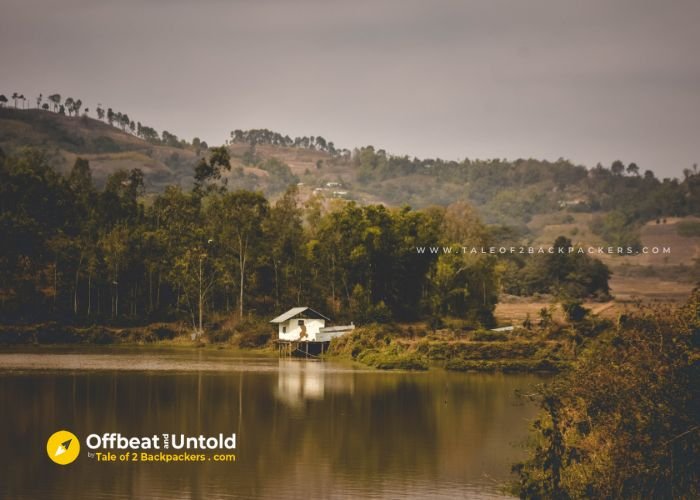
Andro Manipur is full of ancient folklores. There are stories in its every nook and corners. Intriguing history, ancient myths and stories, incredible handicrafts along with beautiful vistas – there are lot going for this village located about 25 km from Imphal. And this is what made us take out some time to visit Andro, even though we had only a few days in Manipur.
The Story of Andro Manipur
It is said that the name Andro has been derived from the word “handro”, which in local language means “the village of people who returned”.

At a time when Hinduism was flourishing in Manipur and the local king pushed for conversion in the Imphal Valley, a group of Meiteis decided to be non-conformists and continued to practice their indigenous faith. They were driven out from the valley at that time and settled in a nearby hill. Centuries later, they returned and settled down at their ancient land again. They returned to their ancient land and the place came to be known as Andro.

The residents of Andro Manipur have not forgotten their past even today. The warm and hospitable people are preserving their slowly disappearing traditions and culture through various means – by practicing their ancient form of pottery and by building a heritage complex-cum-museum. Andro, is thus, a very interesting place to visit for historians and anthropologists alike. And also, for crazy travellers like me who love to know more about people and cultures.
Reaching Andro Manipur
It was a bright and sunny morning in Imphal after a day of heavy rainfall when we started our journey towards Andro. We started early in the morning as we wanted to witness the morning Aarti at Shree Govindajee Temple. After that, we started towards Andro village.

The journey to Andro was rewarding itself. It was simply exhilarating when our car crossed the outskirts of Imphal and drove through the winding roads towards Andro. The mountain air blew my already unkempt curls. This was one such place where you love to have the air caressing your face as you look out of the window in wonder. And I did exactly that. And Agni was using his camera to capture the beauty on the road.

After about one hour of journey, we reached Andro. The village had an old-world charm. The first place that attracted me was a quaint looking structure. We came to know that it was the village temple and we would visit the place later. So, we followed Malem, our friend and guide from Imphal towards the main attraction of Andro – the Heritage Cultural Complex.
Things to do in Andro Manipur
So here comes the part where we share how you spend your time at Andro. There are a few interesting things that you probably should not miss.
1. Visit Andro Heritage Cultural Complex

Andro Heritage Cultural Complex was the first place we visited. This cultural complex cum heritage museum was built in 1933 by the villagers under the guidance of noted anthropologist, author and numismatist Mutua Bahadur. In his honour, the museum is also known as the Mutua Museum.

Unlike a conventional museum, this Heritage cultural complex is actually a collection of several thatched huts that represent the houses of the various tribes in Manipur. We saw model houses of Meitei, Paomai, Kuki, Tangkhul and Kabui tribes of Manipur.

These houses also display locally made handicrafts including pottery, wood carvings, bamboo baskets, fishing nets, musical instruments, jewellery, clothing and many more that are typical to each tribe.

There is also a doll house inside the complex that has 29 pairs of dolls depicting the 29 tribes of Manipur.
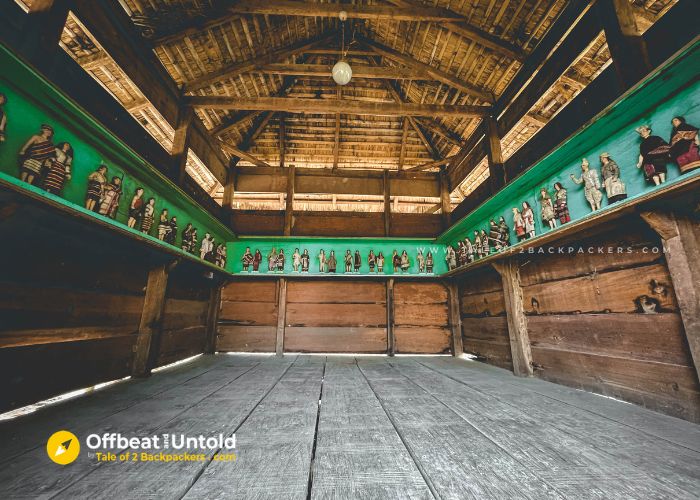
What caught my notice was an intricately carved totem pole standing in the middle of the complex. The pole had carvings of various creatures and faces. There were many stories and legends associated with this totem pole and the villagers consider this pole sacred.

The visit to Andro Heritage Cultural Complex was quite enlightening. We got some interesting insights about the tribes, their houses and culture from the displayed artifacts.






2. Get acquainted with Charai Taba
After our visit to the heritage museum, we met a local school teacher. She is the local guide of Andro village and shares her knowledge with the tourists. with her, we headed towards the pottery centre at Andro Manipur.

What is Charai Taba?
Charai Taba is a form of pottery unique to Andro Manipur. The pottery is done without the use of potters’ wheel. Pottery without using a wheel is not uncommon in India. I have seen it at Majuli as well.
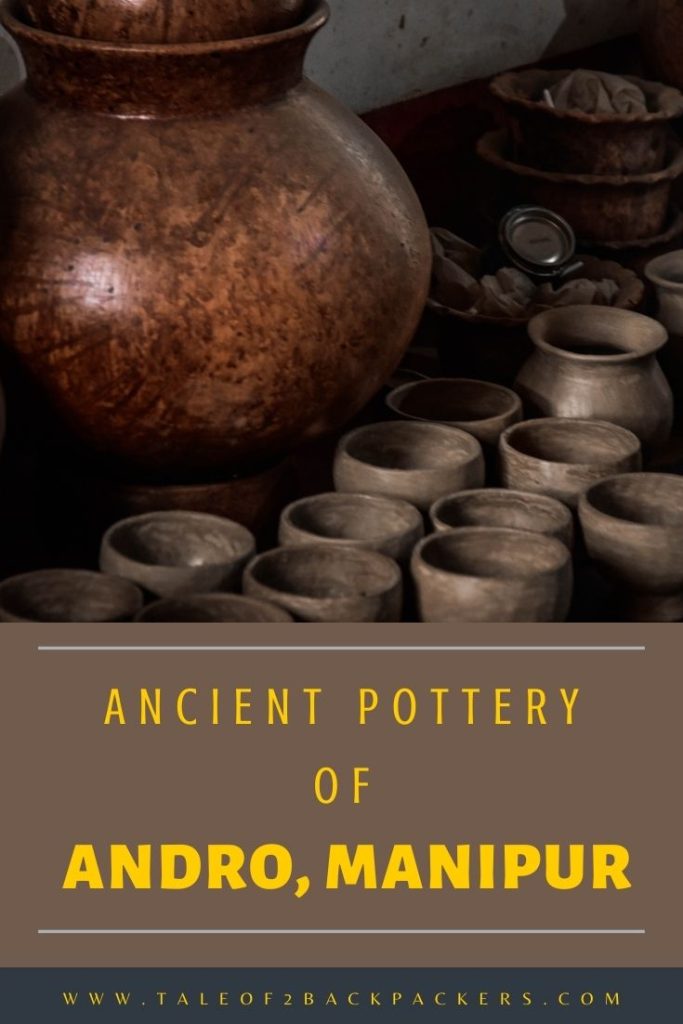
What is interesting about Charai Taba is that it is practiced only by married women of Andro.
The art is passed down to young brides by their mother-in-law in a traditional ceremony known as “Thou Chanba”.
The process is also pretty interesting. The potters prepare loops of clay (charai) of different shapes and sizes. These loops are then stacked over one another melding them together, till the resulting object finally takes the shape of a pot. Because of the way these pots are made; this pottery is also known as coil pottery.

The artisans use only their hands. They have a special flat-surfaced wooden bat that they use to beat the clay into a desired shape. Once the pots are in shape, they are left in the sun for drying and then baked in the fire. The pots are then given a shine using a natural dye made from the bark of a local tree.
At the Pottery Centre

Once we reached the pottery centre, we saw a few women working with clay making pots. Apart from clay pots, the women also made clay figurines of various animals. We also saw the pit and oven where the clay pots are heated.
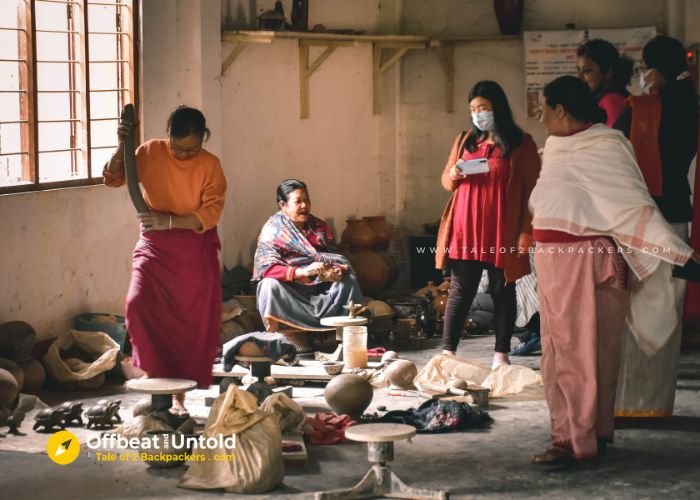
Along with farming, pottery is a part of the livelihood of the villagers of Andro. These Charai Taba pots are used by the villagers to store seeds, drinking water, cooking and storing local wine.
Talking to the women at the Andro Pottery centre proved to be quite engaging. The ladies were quite interested to know where I came from. They had heard about Kolkata, but had not been there. Most of them have not travelled beyond Imphal.

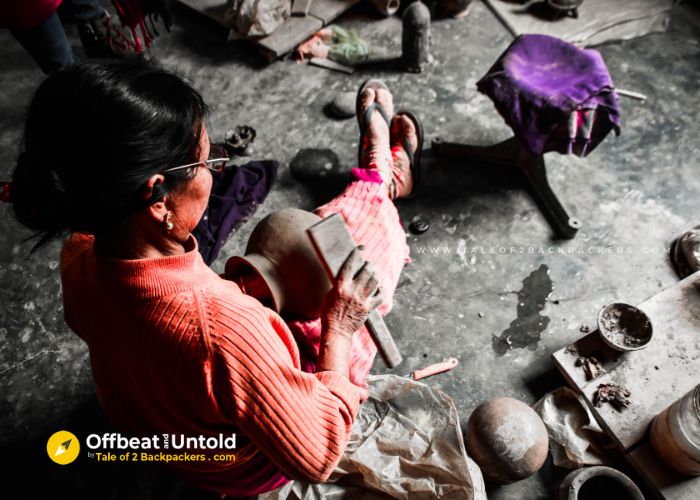
Undoubtedly, these ladies were master craftsmen. One of them started from scratch and showed us how the pots were given shape. Quite obviously, we could not see the finished product because once the pots got shape, they needed to be dried and burnt and then coloured. But we saw the stacks of pots and other clay figurines made by them displayed at the centre.
3. Visit Andro Santhei National Park

After the pottery centre, we went to visit Andro Santhei National Park. This is a peaceful place having a well-manicured garden and a large water reservoir in the middle of the park. The Park is quite a serene place and is also a picnic spot for the locals.

Infact, we met a few girls who were having a small get-together. They were the students of the school teacher who accompanied us all this time. The girls invited us to join them. While we were short of time, but I could not resist joining them because they were preparing a local dish made of raw mango, cabbage, fish and herbs. The ingredients were something that we do not usually mix in our cuisine and so I wanted to get a taste of the dish. So much for food!

Well, I tasted the dish and it was quite delectable. It was something that I might not put in my daily diet, but was good for occasional change of palate.
Our guide also pointed to us the mountain where the ancestors of Andro was said to have moved when they were driven out from their land.
4. Get a taste of the local wine
Next, we went for a taste of the local wine in Andro Manipur. Our guide welcomed us to her house to have pineapples as well as get a taste of the local brew. Yes, when you visit Andro, please have some pineapples. They are one of the best I have tasted and I was reminded of our pineapple eating session at Bamboo Trail Trek in Meghalaya.
The traditional brew of Andro is known as Sekmai. It is made by the villagers in their own style that has remained unchanged since centuries.

The villagers ferment the local rice for days. After that, they mix the fermented rice along with the stems of a creeper plant known as Yangli and then distill the mixture to get a whitish drink with a strong malty taste.
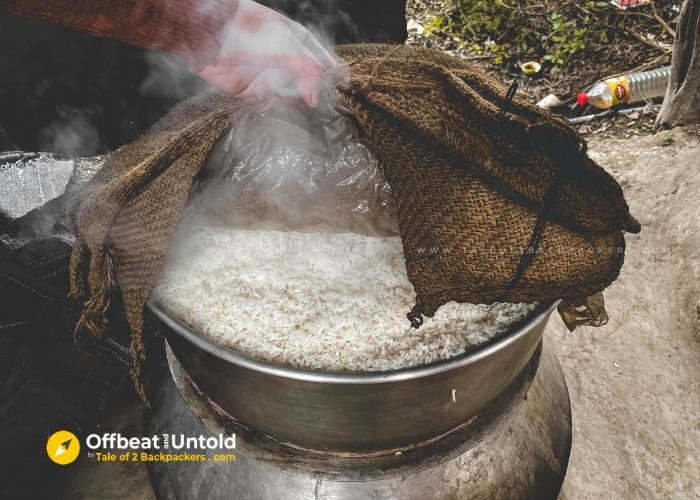
Sekmai is usually stored in the pots made by the women in the village and an important part in every ritual and ceremonies in the village. Look how everything is interconnected at Andro – the Gods, pottery and local brew.

5. Pay Respect to the Local Deity of Andro
Just before leaving Andro, we went to visit the local temple – the one that we saw when we entered the village. The temple, located in the middle of a large ground, has a unique architecture. Dedicated to the local deity of the village Panam Ningthou, it is revered by all the villagers of Andro.

There is an interesting legend surrounding the temple. The temple houses a sacred fire that is believed to have been burning since time immemorial. Local legend says that the fire was introduced to the people of Manipur by Poireiton, the King of the Khuman clan, around 1st century AD. Since then, the fire is carefully protected and is kept burning. The villagers of Andro take great care about it.
We entered the temple and could feel the sense of calm there. We paid our respect to the deity and came out of the temple with a strange sense of peace. Maybe this is the reason they made us visit the temple at the end – to leave a lasting impression on us.
How to Reach Andro Manipur?
Andro is located about 25 km from Imphal. You can take a cab from Imphal to reach the village. It takes about 45 minutes from Imphal. You can make a half day trip to Andro from Imphal.
Imphal is well connected by flights from Guwahati, Kolkata and New Delhi. You will also get buses from Guwahati, Dimapur and Kohima towards Imphal. There is no railway connectivity as of now.

Where to Stay at Andro?
There are no accommodations available at Andro right now. But I have heard that the villagers are thinking of constructing homestays there. Since it is located so near to Imphal, you can stay at Imphal and visit Andro as a day trip.

Hope you liked the post about Andro – an offbeat destination in Manipur. If you liked this post, please share it with your family, friends and neighbours.
Pin it for a later read!




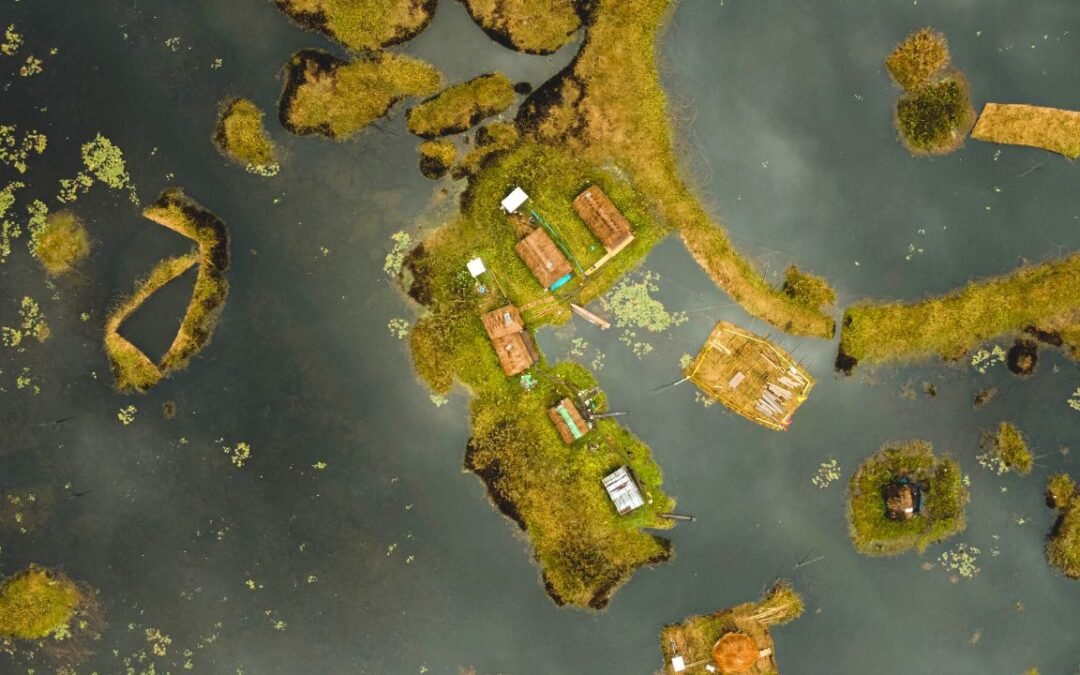
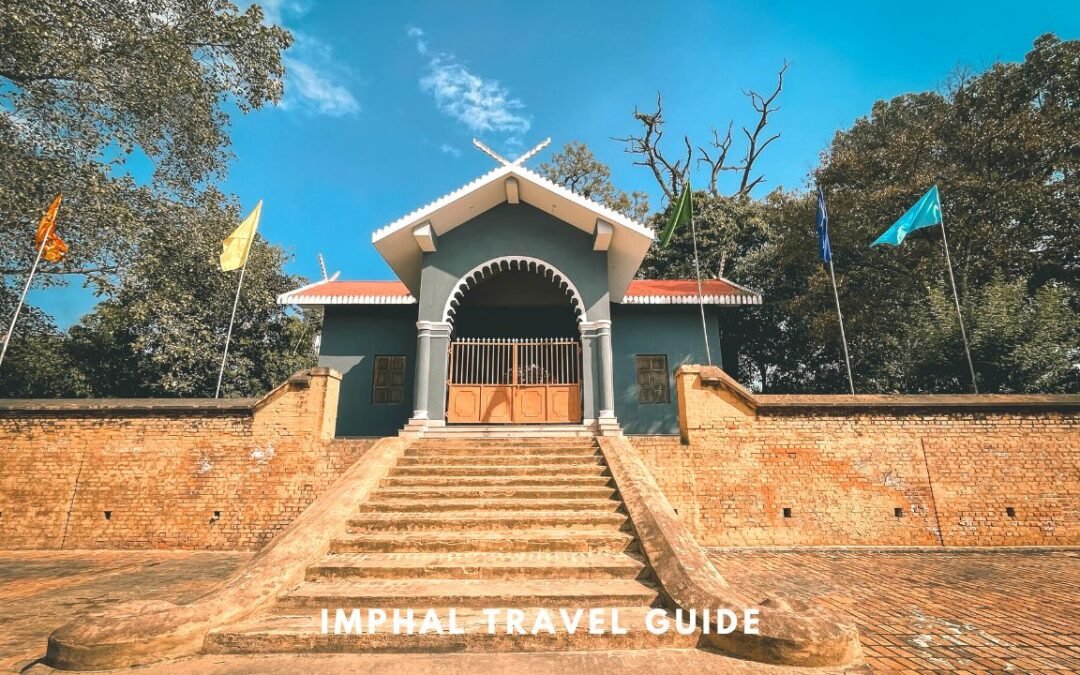
0 Comments